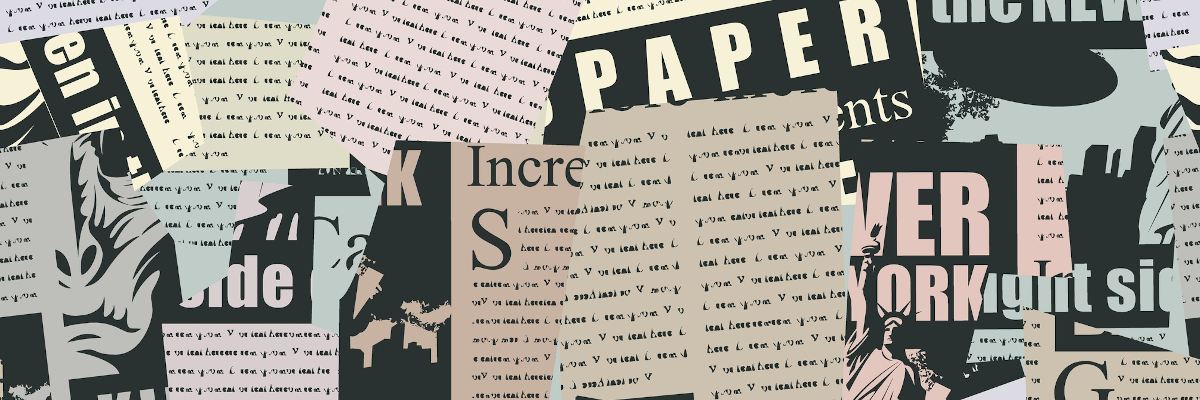
Most Canadians in turning 71 get a monetary windfall as they begin to cash in the savings that have accumulated in their RRSP. Having had this money accumulate tax-free for forty or fifty years, and despite knowing that at some point tax would have to paid, people are nonetheless dismayed and even surprised at their large tax bills - in most cases 50% of the RRSP monies received. No wonder an entire industry has developed on how to best shelter that money.
Ironically, many would prefer not to have to receive any monies from their RRSPs, postponing the paying of tax indefinitely. Having lived without this money for years, many do not suddenly need the money at age 71. But they have no choice in the matter; at age 71 one must begin collecting and paying tax on lifetime savings. The amount one must withdraw begins at just over 5% of the entire RRSP amount and increases each year, so that by age 80 it is close to 9% of the remaining balance.
A person with an RRSP of $400,000 would be forced to withdraw and pay tax on just over $20,000, leaving them with only $10,000 after taxes per annum. If instead they were to purchase life insurance, donating the policy to a communal fund to help bring down the spiraling cost of Jewish education, the fund would receive a million dollars upon their death. That is correct, a couple aged 71 could purchase a $1,000,000 insurance policy for an after-tax cost of only $10,000 yearly. If $10,000 is too much for some, almost all can afford to donate $1,000 a year. That $1,000 will turn into $100,000 for the community. Assuming one will live for another 20 years, in order to convert a $1,000 yearly investment to $100,000 one would need to earn an annualized return of over 16% for those 20 years - a most spectacular rate of return. Such a return is approximately double the rate of return Berkshire Hathaway, managed by Warren Buffet, has earned over the last 15 years.
Such returns are only possible because the premiums are tax deductible, as the proceeds go to support Jewish education. Even if one were to live to 120, to turn a $10,000 yearly investment into $1,000,000 requires a 3.1% return, much better than other forms of guaranteed investments. And insurance is a guaranteed investment.
It is the articles I have written on funding Jewish education (they can be accessed at torahinmotion.org) that have generated the most response. In my last article I proposed capping tuition per family at 5% of income, and in return the family would purchase a $1,000,000 life insurance policy. Such a policy for a 30-year-old couple would run approximately $6,000 a year (and include a tax receipt) for 15 years, at which point no further payments would be necessary. The billions that would accumulate over time would eventually allow Jewish education to be free for all.
But we need to lower tuitions now, and cannot afford to wait the 50-60 years before policies are paid out. By encouraging those who have retired and those who are forced to collapse their RRSPs to purchase and donate life insurance policies, we could literally have hundreds of millions, perhaps more, in 15-20 years’ time. I urge all of you who have turned 71 to invest $1,000 a year so that the community may receive $100,000 after your sojourn on earth. For those who can invest $10,000, and I know there are thousands in our community who can do just that, know that you will leave our community with the greatest legacy possible, ensuring the future of our community. If you are interested in joining this exciting project, please email us at info@gaje.ca
I know many people feel the tuition crisis is not solvable. That is just plain wrong. We can and we will solve this crisis and soon, if people of average means make very manageable donations. We look forward to hearing from you.



